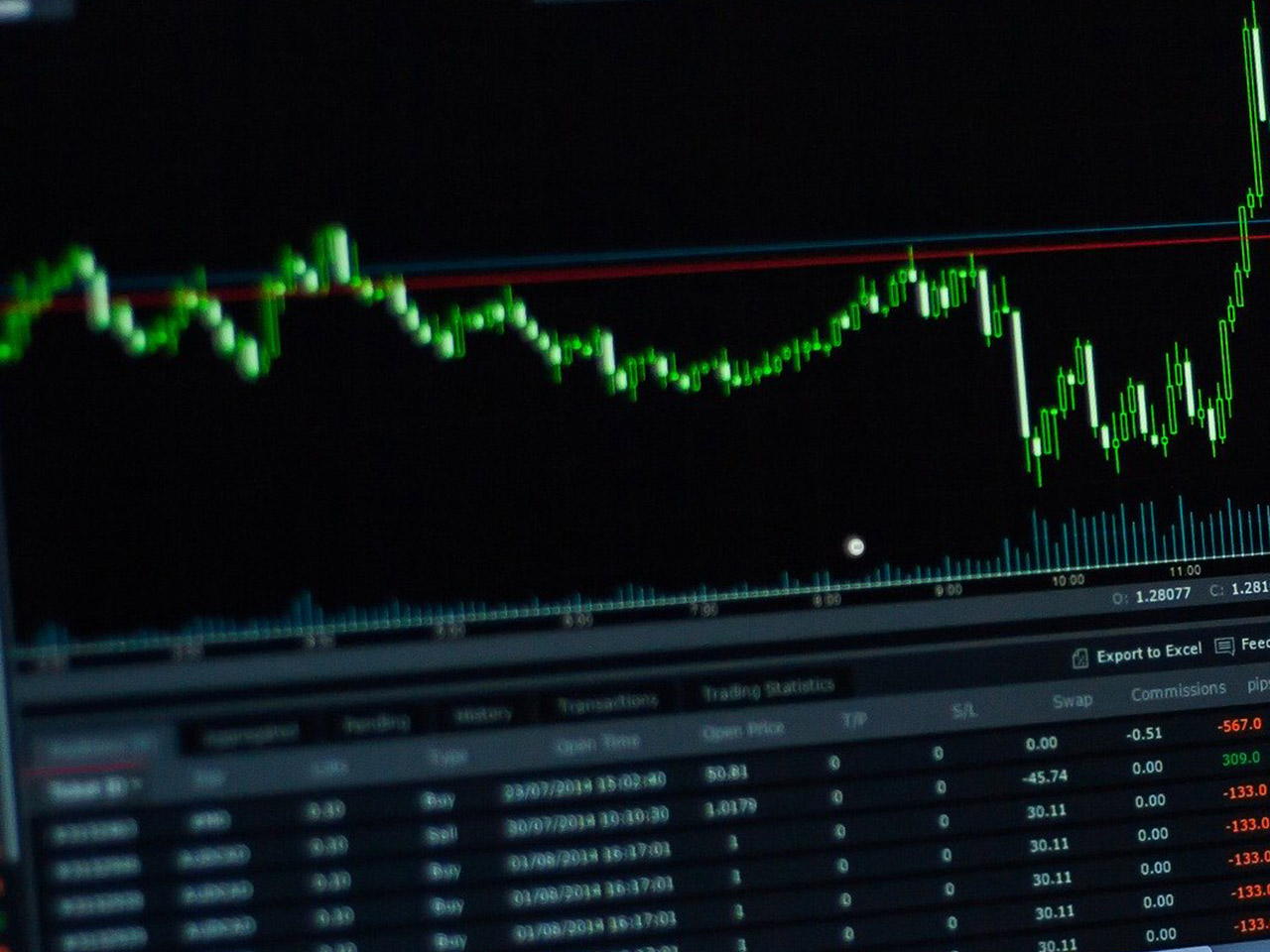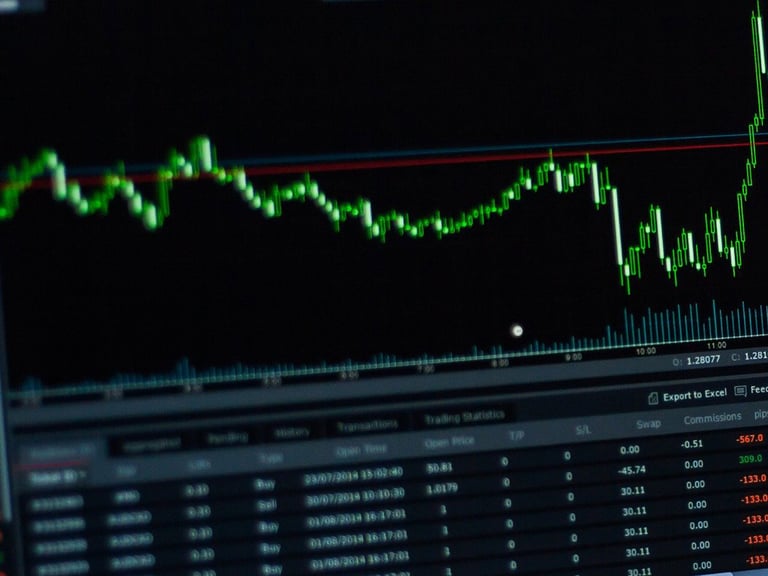Nike, Inc. (NKE), a titan in the consumer cyclical sector, remains a focal point for investors eyeing the dynamic footwear and accessories industry. Headquartered in Beaverton, Oregon, this iconic company has a rich history dating back to 1964. Despite recent market volatility, Nike’s stock presents intriguing opportunities, especially with a potential upside of 28.59% against its current trading price of $63.29.
The company’s market capitalization stands robust at $93.61 billion, underscoring its significant stature in the global market. However, Nike’s recent performance has been a mixed bag. The stock has experienced a price decline of 2.51, a modest drop given the broader market conditions, positioning it at the lower end of its 52-week range of $63.29 – $97.18.
Valuation metrics currently paint an incomplete picture, with several key metrics such as the P/E Ratio and PEG Ratio marked as not available (N/A). However, the forward P/E ratio of 29.57 suggests that investors are pricing in future growth and profitability, albeit with some uncertainty.
Performance metrics reveal some challenges, with revenue growth at a concerning -9.30%. This decline necessitates a deeper look into market conditions and strategic adaptations by the company to regain momentum. Nevertheless, Nike’s return on equity (ROE) remains impressive at 31.93%, indicating effective management and a strong ability to generate returns from shareholders’ equity. The company’s EPS of 3.01 further supports the notion of underlying profitability, even amidst revenue headwinds.
Dividends remain an attractive aspect of Nike’s investment proposition, with a yield of 2.53% and a payout ratio of 51.16%. This suggests a balanced approach to rewarding shareholders while retaining capital for growth and operational needs.
Analyst ratings reflect a cautious optimism, with 19 buy ratings, 18 hold ratings, and only 2 sell ratings. The average target price sits at $81.39, significantly above the current price, indicating potential upside. However, the target price range is notably wide, from $40.00 to $120.00, highlighting varying analyst perspectives on Nike’s future performance.
Technically, Nike’s stock is trading below both its 50-day and 200-day moving averages of $74.11 and $78.08, respectively. This suggests a bearish trend in the short to medium term. The RSI (14) of 56.22, however, implies the stock is not in oversold territory, offering potential room for upward movement. The MACD indicator at -2.88 against a signal line of -1.80 indicates a bearish momentum, urging cautious optimism.
Nike’s brand power and diversified product offerings, including its renowned trademarks like Jumpman and Converse, offer resilience. The company’s extensive distribution network, spanning Nike-owned retail stores and digital platforms, provides a strong foundation for future growth.
Investors should weigh these factors carefully, considering both the challenges and opportunities presented by Nike’s current market position. The potential 28.59% upside, coupled with Nike’s strategic initiatives and brand equity, makes it a compelling consideration for those with a balanced risk appetite. As always, staying informed and vigilant to market changes will be crucial in navigating Nike’s investment landscape.
The information in this article should not be taken as advice. Readers should conduct their own due diligence and seek independent financial advice before making any investment decisions.





































